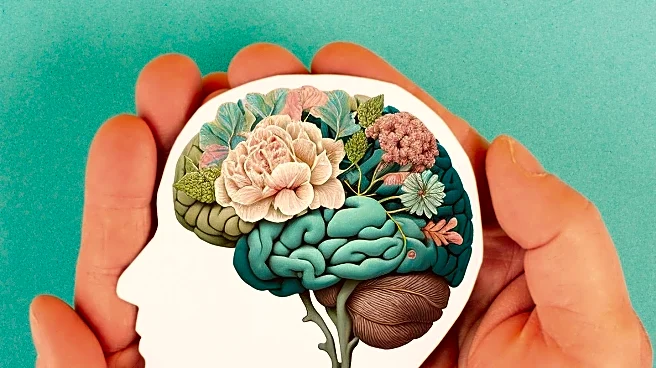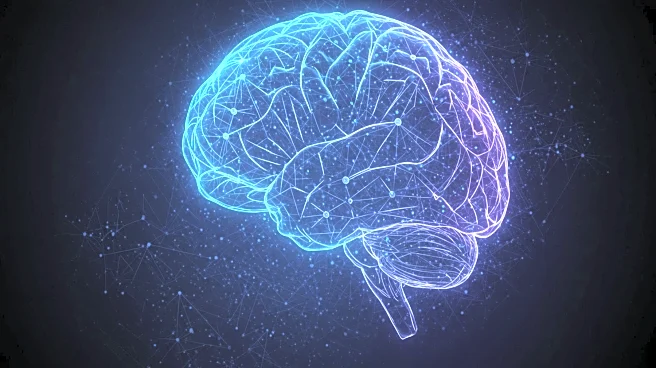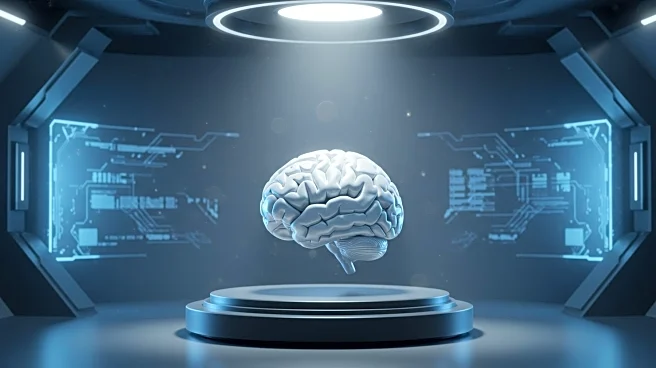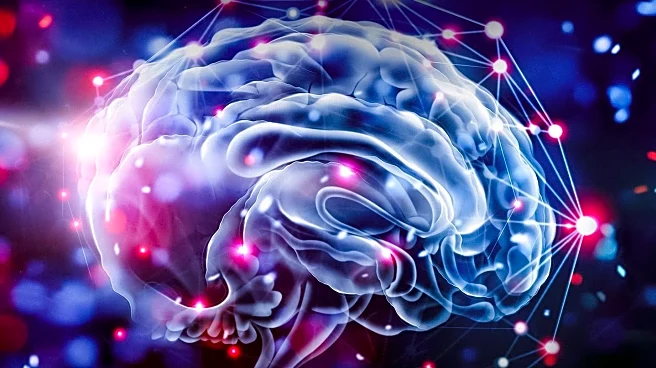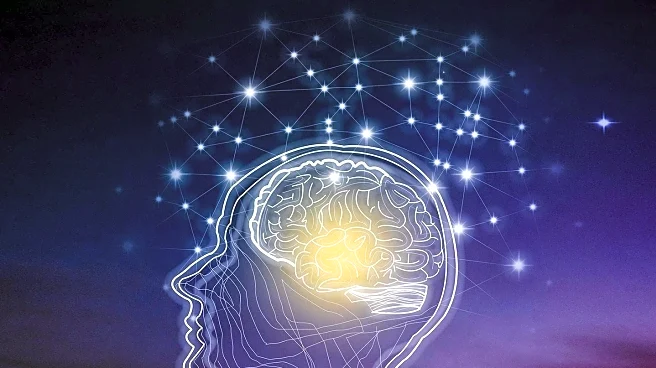Rapid Read • 5 min read
Stanford Medicine neuroscientists have developed a brain-computer interface (BCI) capable of decoding imagined speech with up to 74% accuracy. This breakthrough study involved participants with tetraplegia, using sensors placed on speech-related areas of the cortex to record brain activity. The research team employed a Recurrent Neural Network (RNN) architecture to convert brain activity into phoneme probabilities, demonstrating the potential of BCIs to interpret inner speech. The study highlights the possibility of using BCIs to control external devices, offering hope to individuals with disabilities.
AD
The ability to decode imagined speech through BCIs represents a significant advancement in assistive technology. This development could greatly enhance communication for individuals who have lost the ability to speak due to neurological disorders or injuries. By enabling control of devices through thought, BCIs can improve the quality of life for disabled individuals, facilitating tasks such as operating wheelchairs and computers. The study's findings may lead to more robust and faster assistive technologies, transforming the landscape of disability support.
AD
More Stories You Might Enjoy



